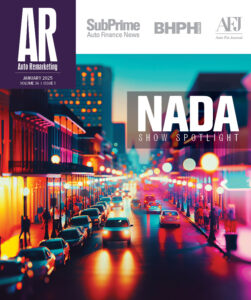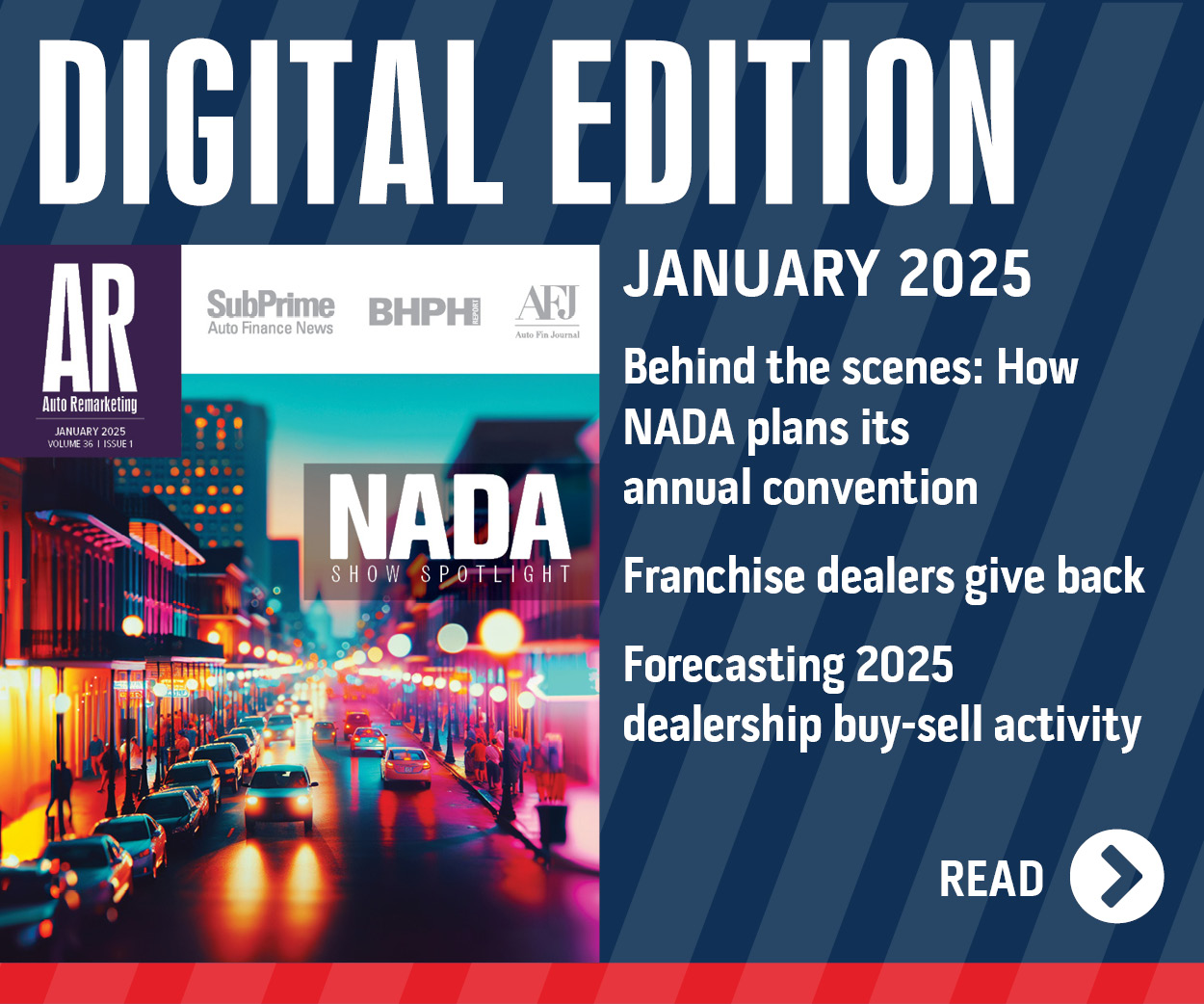TrueCar Gauges Nov. Incentive Spending Levels; More from NADA on Used-Car Impact

On Tuesday, Auto Remarketing recapped the findings of a NADA Used Car Guide whitepaper that measure the disparate impacts on used-vehicle prices from various incentive types.
Today, we take a look at overall incentive spending by the largest automakers, as detailed by TrueCar.com.
It found that the industry spent $2,507 on incentives per vehicle in November. While up 0.7 percent year-over-year, this is down 2.1 percent from October.
“Relatively higher levels of discounting are being used to clear out 2013 model-year vehicles,” said Jesse Toprak, senior analyst for TrueCar. “We expect transaction prices to continue to stay in record territory in the short term, as long as the fundamentals in the economy stay positive.”
Breaking those incentive figures down by manufacturer, Chrysler Group had per-vehicle incentive spending of $2,756 in November, which was down 12.3 percent year-over-year and down 6 percent month-over-month.
Ford increased its incentives spending 23.4 percent from a year ago at $3,317 per unit, but cut it back 0.4 percent from October’s level.
General Motors spent $3,067 per vehicle, which was down almost 10 percent from October but up 8.4 percent from November 2012.
Honda’s incentive spending fell 18.6 percent from November 2012 at $1,724, and was up 10 percent month-over-month. Hyundai/Kia spent 25.9 percent more than a year ago and 1.1 percent less than October’s figure, as its average incentive spend was $1,858.
For Nissan, its $2,554 incentive spend per vehicle was down 10.7 percent year-over-year and up 18.7 percent month-over-month.
Toyota increased incentive spending by 3.7 percent year-over-year and 1.6 percent month-over-month, as their average came in at $1,876 per unit. Lastly, Volkswagen put $2,332 in incentives toward each car, an increase of 8.8 percent from November 2012 and a 1.2-percent rise from the prior month.
3 Impacts of Incentives
Turning back to NADA’s analysis, it found that the average per-unit spending is at $2,574 right now, as detailed in this Auto Remarketing story. That’s a 12-percent decrease from the peak nine years ago and a 2-percent decline from 2007.
That said, there has been a 3-percent increase in incentive spending from a year ago, NADA said. And while this modest increase will likely continue, it shouldn’t reach the point of “destructive levels” for incentive spending.
“Looking ahead, NADA expects that slower new sales growth and fiercer competition will see incentives rise modestly in the coming years,” said Jonathan Banks, executive automotive analyst for NADA Used Car Guide. “But we don’t foresee an imminent return to destructive levels of the past.”
NADA projects that automakers will continue to more of an emphasis on finance and lease subvention in their discount strategy plans instead of customer or dealer cash.
“While we expect to see incentive spending increase moderately in 2014, a prudent discount mix and a commensurate rise in MSRPs will keep new vehicle transaction prices from falling, and this, in turn, will mitigate downward pressure on used-vehicle prices,” Banks said.
NADA describes three specific impacts that incentives have on used-car prices, listed in the white paper as follows:
1. By reducing the current new vehicle price, they reduce prices of related older vehicles.
2. They also reduce the starting point of the current model used-vehicle depreciation curve, resulting in lower prices in the future.
3. They reduce the value of the brand by stimulating price-based “push” purchases instead of product-based “pull” purchases.
The first two effects, NADA said, are more “straightforward.” It takes a bit more explanation for third effect, which has a its “more important” role, the paper said.
“Manufacturers communicate two possible messages about their brands to consumers: ‘We make great products,’ or ‘We make bargains,’” NADA stressed.
“The first message builds brand value — additional money consumers will pay for a fixed quantity of goods simply because those goods are associated with a specific brand name they trust,” the report continued. “The second message can help stimulate additional sales, but over time it can also detract from brand perception and, thus, value.”
There has existed a wide gap between these types of messages (i.e. product-focused versus price-focused, as NADA describes it) and thus the way in which the brands interacted with consumers, the paper went on to say.
While the product-focused brands honed in on things like quality, design, features, safety and resale values, NADA found that too often “price-focused brands interacted with consumers by loudly communicating the extent of their discounts and bargains.”
The gap in messaging bled over into a gap in used value retention, NADA said, estimating that a decade ago, product-focused brands commanded about a 30-percent advantage over their price-focused counterparts.
“This means that with controlling for differences in equipment, horsepower and other performance measurements, the design, and the current method of going to market (pricing, incentives and channels), one could expect vehicles from price-focused brands to sell for 30 percent less than ones from product-focused counterparts,” NADA stressed.
To see more of the white paper, visit the NADA link here.
Joe Overby can be reached at joverby@autoremarketing.com. Continue the conversation with Auto Remarketing on both LinkedIn and Twitter.

 View The Latest Edition
View The Latest Edition

